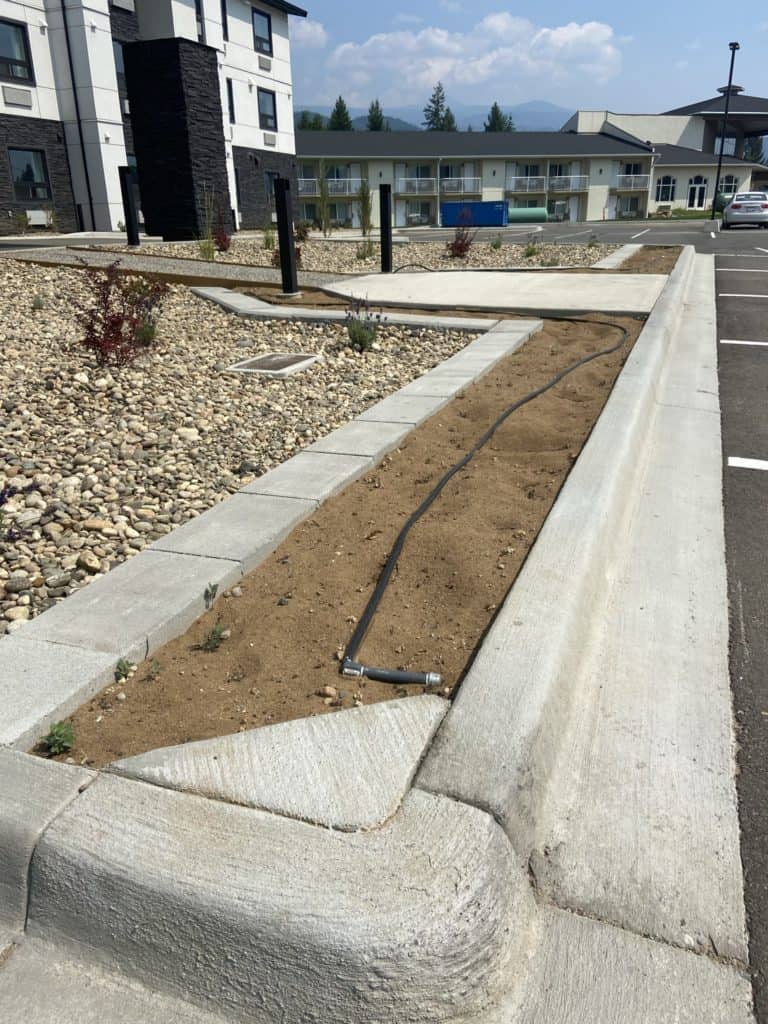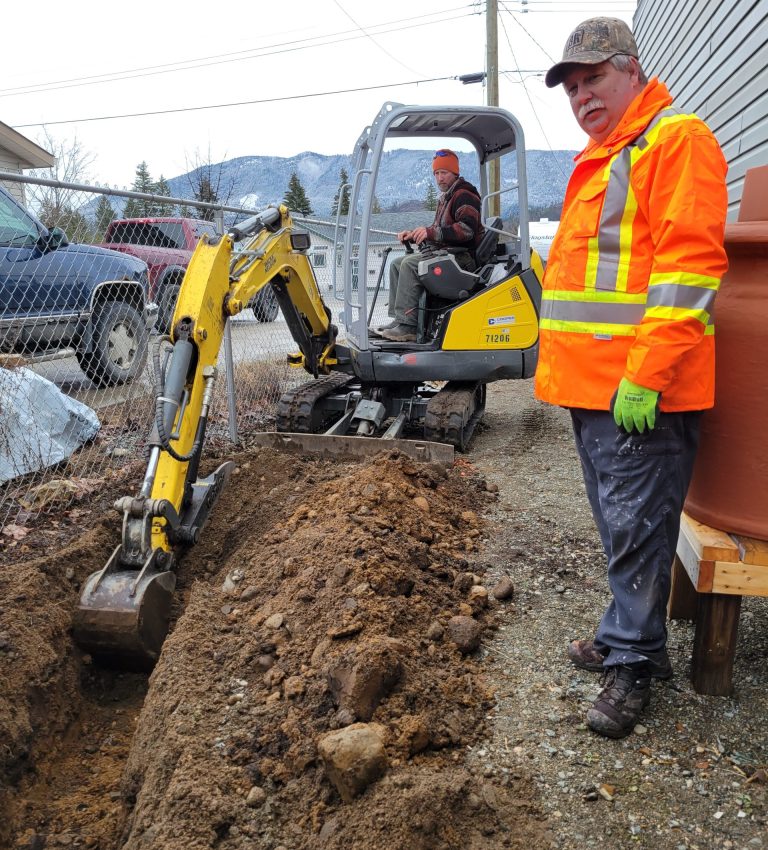Irrigation Systems
Irrigation Systems
Mac River Enterprises Ltd is pleased to offer our wealth of knowledge and experience for all your home and commercial irrigation needs.
Benefits of Irrigation
Irrigation creates a healthy landscape while targeting a uniformed watering system with timed zones.
- Controlled watering lowers the environmental footprint by saving on fertilizers, herbicides and utilities. It also limits runoff and has regulated pressure.
- Irrigation systems enable efficient and time saving methods to watering.
- Automated programmable system provides the freedom and assurance that your yard and garden can be watered effectively, and eco-friendly, while you are not at home.
- An irrigation system provides and aesthetic value, while omitting sprinkler and hoses, and does not require re-positioning.
- An irrigation system is an excellent investment in regards to fire safety
- Systems can be strategically focused\directed to maximize water usage towards target areas, while preventing water waste on driveways sidewalks and buildings.

Examples of
MRE Irrigation Projects
We offer a wide variety of irrigation systems.
Let us tailor a design towards your specific needs.
- Site Assessment and Quote
- Approve Design Plan
- Meet Municipal Regulatory Codes
- Programable Systems
- Back Flow Prevention Devices
- Quality Parts
- Experienced Technicians
- Micro, Drip, Bubbler and Spray Systems
- Maintenance, Repair and Winterizing
- Residential and Commercial Systems
View Our Irrigation Projects!
Answers to Common Questions:
On an average, your lawn needs 2 to 3 cm of water per week, and even three times per week in the warmer months. If your lawn is established from years of growth, you can sufficiently adjust the watering frequency to one watering per week.
Ensure sprinklers are set so that only lawn and gardens are watered not the roadway
EFFECTIVE PERIOD~ May 15 to September 30 each year.
~ Properties with even numbered houses are allowed to water on even numbered days.
~ Properties with odd numbered houses are allowed to water on odd numbered days.
Water deeply but not too often.
Too much watering can lead to poor growing conditions and disease problems.
Water only when your lawn needs it, usually no more than once a week when there is no rainfall.
Apply at least 2.5 cm (1 inch) of water. Place a tuna or pet food can on your lawn to measure how much you’ve watered. Stop watering when it is full.
Consider the soil type and surface features. Grass growing on compacted, fine soil or on a slope needs lighter, more frequent watering
Watering in the morning reduces water lost from evaporation and wind.
watering in the evening leaves the grass wet for longer, increasing the risk of disease.
Grass growing near large trees may need to be watered more often, because the tree roots absorb much of the soil’s water.
In extended hot, dry periods, a lawn may wilt, turn brown and become dormant.
A healthy lawn can survive several weeks in a dormant state.
Common grass varieties like Kentucky bluegrass and fine fescues will turn green again when regular moisture conditions return.


